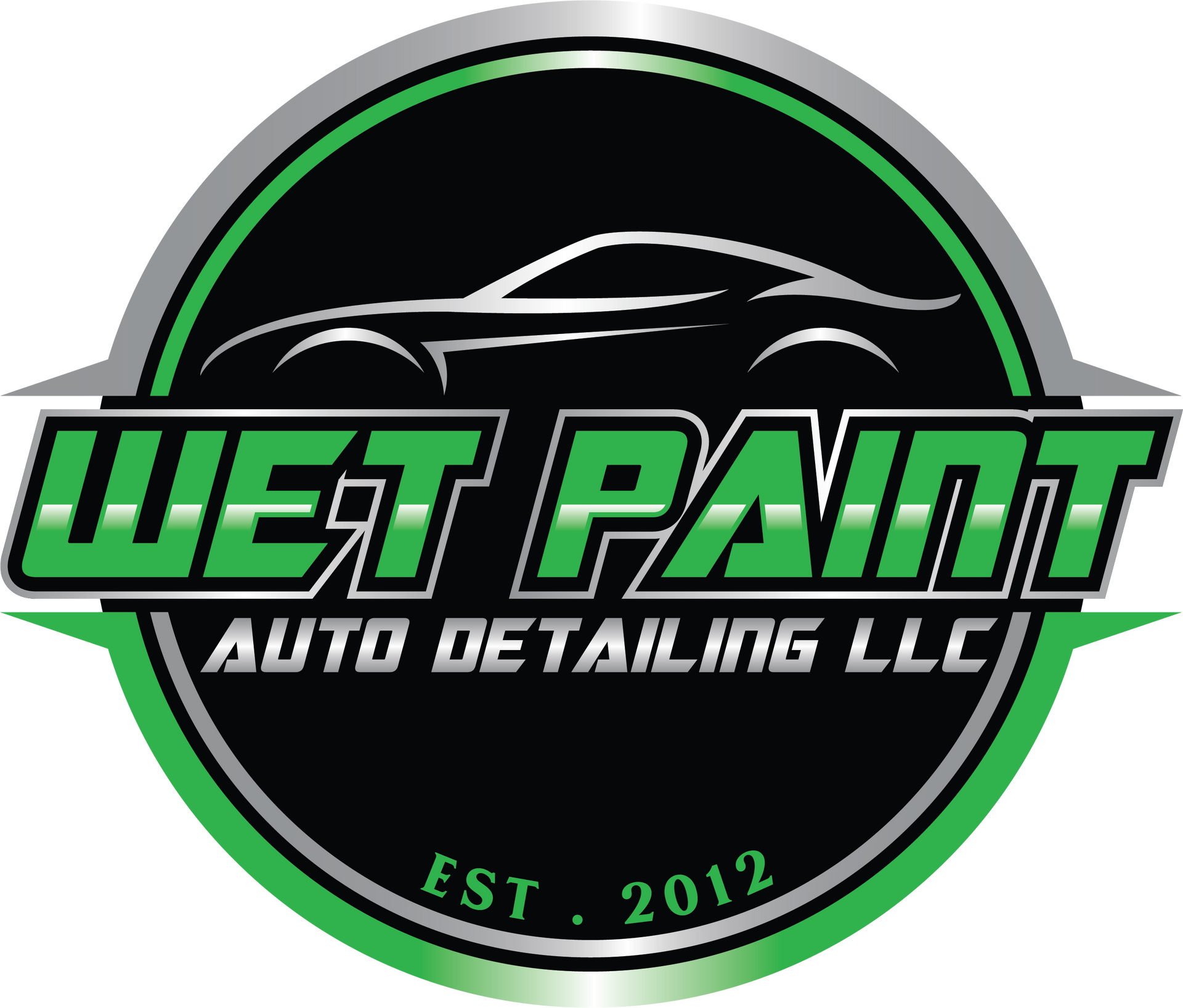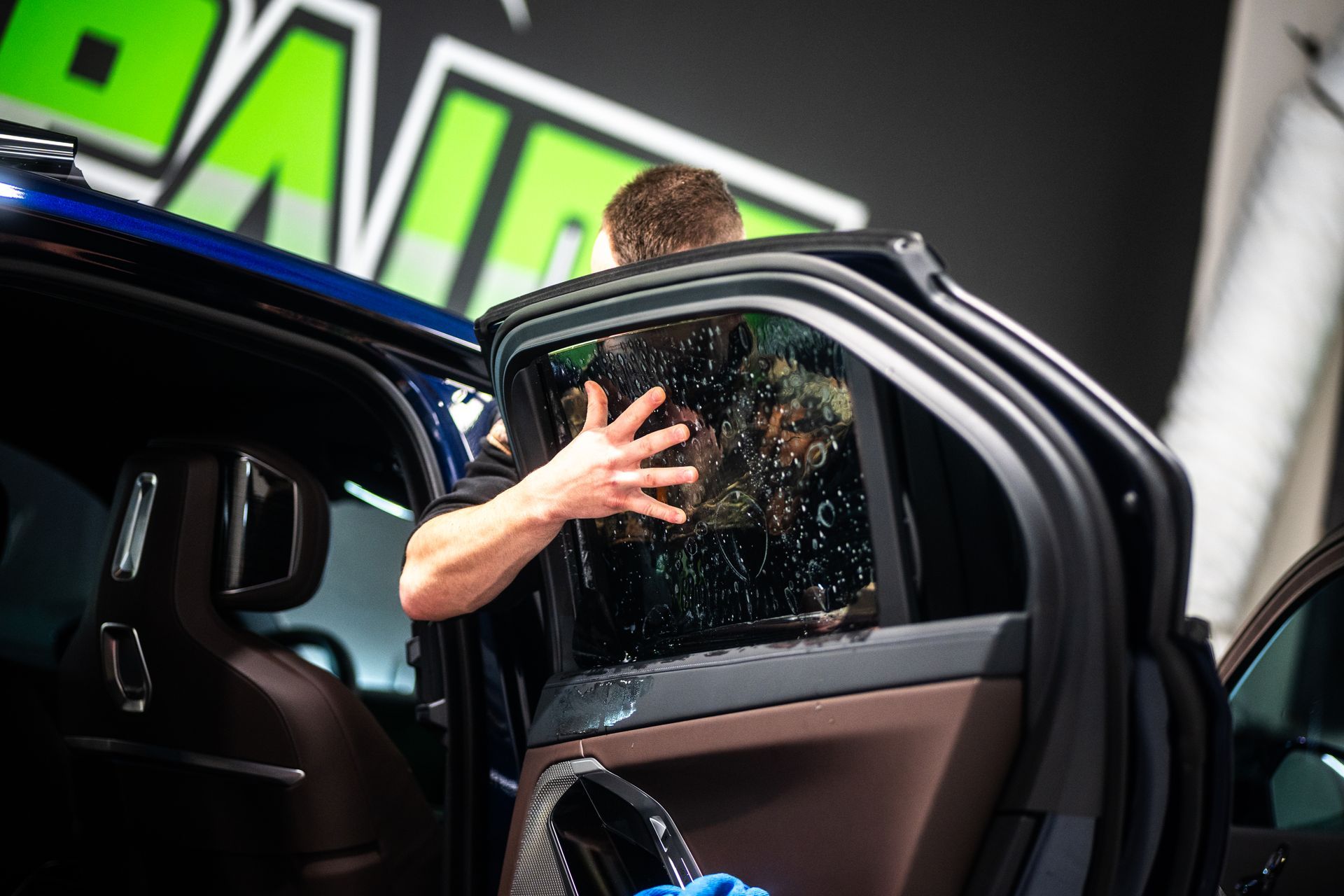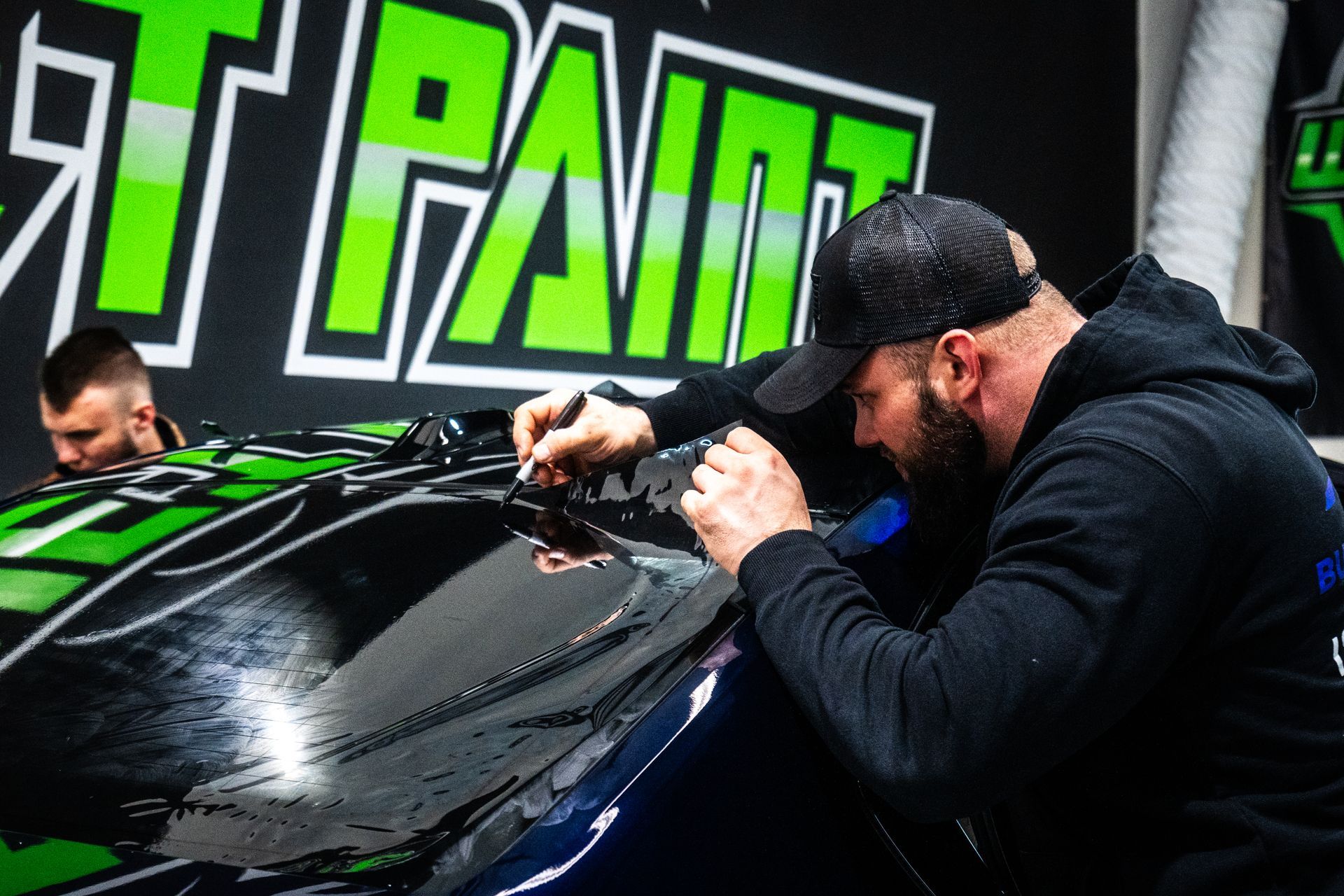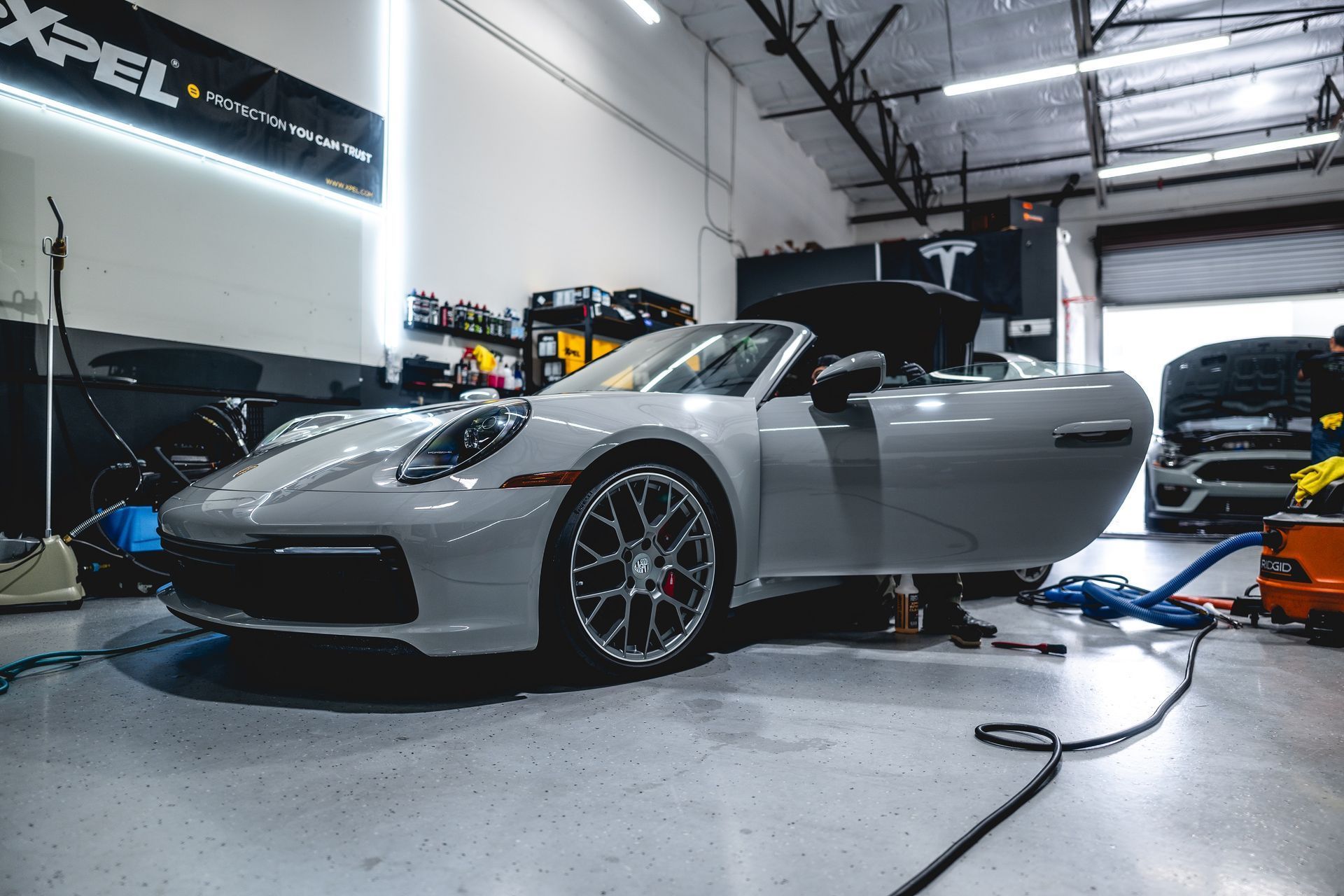When driving around town, you may have noticed vehicles with tinted windows and wondered about the true benefits of window tinting. Are they just for looks, or do they offer more? It’s easy to get lost in the sea of information available online, especially when myths run rampant. Many people think all window films are illegal or that darker tints provide the best protection from harmful UV rays.
Common myths about auto window tinting include the belief that all tints are illegal, darker tints offer better UV protection, and that tinting the windshield is necessary for effective cooling. In reality, many ceramic tints allow for lighter shades while providing significant UV protection and meet state regulations without affecting visibility.
Debunking Common Auto Window Tinting Myths
- Visibility and Privacy: A widespread myth surrounding auto window tinting is the belief that tinted windows obstruct visibility. However, modern tints are engineered with specific technology to balance privacy and visibility. They allow drivers an unobstructed view while limiting what outsiders can see. Most states regulate the legal limits of visible light transmission (VLT) for vehicle windows, typically requiring a VLT between 35% and 70%. This regulation ensures that drivers maintain adequate visibility while enjoying the benefits of tint.
- Impact on Resale Value: Another common concern is how window tinting affects resale value. The misconception that tinted windows may decrease a vehicle's resale value is grounded in outdated thinking. In reality, professionally installed window tints can enhance a car's appeal by safeguarding the interiors from damaging UV rays and reducing heat exposure. Over time, this protection helps retain the quality of seats, dashboards, and other elements within the vehicle that are vulnerable to sun damage. For many potential buyers, well-maintained interiors significantly boost their interest and perception of value in a used vehicle.
- Durability and Quality: Concerns regarding window tints bubbling or cracking often stem from low-quality materials or hasty installations. It's essential to choose high-grade materials and seek professional installation services. Premium tints are engineered to resist wear and tear, ensuring they maintain their appearance and functionality over time. Additionally, professional installers use advanced techniques and tools to guarantee a seamless application, preventing common issues like uneven edges or air pockets. Proper care, such as avoiding abrasive cleaning materials, also plays a role in extending the lifespan of window tints, ensuring they continue to perform optimally for years to come.
- Comfort and Health Benefits: It's important to remember that high-quality window tints can offer significant advantages for comfort and health as well. Contrary to popular belief, window tints do not trap heat; instead, they actively block harmful sun rays, keeping vehicles up to 60% cooler inside. By reflecting infrared rays, they improve passenger comfort on those hot summer days while decreasing reliance on air conditioning—a feature anyone can appreciate when it comes to fuel economy! Understanding these facts empowers consumers to make informed decisions that positively impact both their driving experience and the longevity of their vehicle’s interior.
With these insights about myths and realities in mind, we're ready to navigate the rules governing auto window tinting practices in various regions.
Regulations and Legal Considerations
Auto window tinting doesn’t just enhance your vehicle’s appearance; it's also a subject of strict regulation in many places. Different states impose specific limits regarding the darkness and reflectivity of window tints, determined by what is known as visible light transmission.VLT% measures how much light can pass through your tinted windows—the lower the percentage, the darker the tint. This understanding becomes critical, as non-compliance could lead to fines or costly adjustments. It’s important to remember that while you might be tempted to opt for darker tints for privacy or style, each state has its own clear guidelines based on safety concerns and visibility requirements.
Visibility and Safety Concerns
There's a widespread belief that darker window tints can obscure your view, creating dangerous conditions while on the road. Some people imagine that if they can barely see through their friends' heavily tinted cars, it's a one-way ticket to hazardous driving. However, this assumption doesn't hold water when we take a closer look at the technology behind modern window films. In reality, many state-of-the-art tints are engineered to balance privacy with optimal visibility. For example, ceramic tints allow up to 80% of light inside while successfully blocking 99% of harmful UV rays. This means you can enjoy privacy without sacrificing your ability to see the road clearly—whether in bright daylight or during nighttime drives.
Driving should feel safe and pleasant, not cramped by concerns over visibility. Good-quality window tints address these worries without compromising safety. Evidence from studies supports this argument further. Drivers using properly installed tinted windows experience fewer glare-related accidents than their untinted counterparts. In addition to glare reduction, it’s crucial to note that higher-quality tints can minimize fatigue and enhance comfort during drives. By lowering both glare and heat within the vehicle, tints create a more pleasant environment whether you're commuting to work or embarking on a road trip.
Impact on Resale Value
Quality window tinting plays a significant role in a vehicle's resale value. By protecting the interior surfaces from harmful UV rays, tinted windows can extend the life of seats, dashboards, and other components. This means that you won’t just be enjoying a cooler ride during those hot summer days; your car will look better for longer. Imagine pulling up to a showing with a radiant interior, free of sun damage, versus one with faded upholstery—there’s simply no comparison.
Think about it: when you're shopping for a used car, what draws your eye? A clean, well-preserved interior is hard to resist. The lack of fading on leather seats or a dashboard without cracks signals to buyers that the previous owner took care of their vehicle. This attention to detail not only enhances the appeal but also instills confidence in buyers that they are making a sound investment. To further illustrate this point, here are some specific benefits that tinted windows provide concerning resale value:
- Fading Prevention: Quality tints can stop those unsightly sun spots from appearing on your upholstery.
- Damage Mitigation: By reducing heat exposure with quality auto window tints, leather and vinyl seats are less likely to crack or warp.
- Enhanced Appearance: Your car simply looks more polished and modern, which can entice buyers who are willing to pay more.
Additionally, it's important to note how high-quality installations elevate the aesthetic value of your vehicle. A professionally applied tint film demonstrates that you've invested time and resources into maintaining your car's condition. This detail makes it noticeable to potential buyers who might appreciate the effort you've taken to keep your vehicle in top shape. With all of these aspects in mind, the benefits of window tinting extend beyond mere aesthetics and protection.
Heat Reduction and UV Protection
When you step into a car that's been sitting in the sun, it's all too common to feel an overwhelming wave of heat that hits you like a brick wall. This experience isn’t just uncomfortable; it can also compromise the longevity of your vehicle's interior. Fortunately, modern window tints play a crucial role in combating this heat. Designed with advanced technology, these tints can block a significant amount of infrared heat. In fact, they are specifically engineered to reflect and absorb solar energy, providing a cooler driving environment.
Furthermore, window tints offer remarkable protection against harmful UV rays. These ceramic films can block over 99% of UV radiation, which is vital for protecting both your skin and the materials inside your car. Prolonged exposure to ultraviolet light can lead to premature aging of the skin and greatly increase the risk of skin cancer. It’s a powerful change you can make for your health while driving. Investing in high-quality tinting means you are not just enhancing aesthetics; you are creating a protective barrier against the sun's harmful effects.
Longevity and Maintenance
Auto window tinting is often thought to require significant upkeep, but achieving long-lasting, flawless tints is simpler than many realize. By following a few straightforward practices, you can preserve the appearance and performance of your window films for years, even with the durability and warranties offered by high-quality tints like ceramic or carbon.
- Allow Time for Proper Curing: After installation, avoid cleaning your tints for at least a week to allow the film to adhere fully to the glass. Cleaning during the curing process can lead to bubbling or peeling, compromising the tint’s integrity. Patience during this period sets the foundation for long-lasting tints.
- Use Gentle Cleaning Products: Once the curing period is over, clean your tints with ammonia-free products. Mild solutions, such as a mix of dish soap and water, are effective in maintaining their clarity without degrading the film. These help keep your tints fresh and free of damage.
- Opt for the Right Cleaning Materials: Avoid abrasive materials like paper towels, which can scratch the tinted surface. Instead, use soft microfiber cloths to clean your windows gently. This small adjustment prevents wear and helps maintain a pristine finish over time.
- Handle Edges with Care: The edges of tinted windows are particularly vulnerable to damage. Clean these areas carefully to avoid lifting or peeling of the film. Additionally, keep sharp or heavy objects like seatbelt buckles away from tinted surfaces to minimize the risk of accidental damage.
- Monitor for Signs of Wear: Regularly inspect your tints for issues like bubbling or discoloration. Early detection allows you to address problems before they worsen, ensuring the longevity of your window film. If repairs are needed, consult professional auto window tinting specialists for expert guidance.
By incorporating these straightforward tips, you can maintain your tinted windows’ appearance and functionality while extending their lifespan. Proper care not only ensures durability but also enhances your vehicle’s style and comfort.
Types of Window Tints
When selecting window tints for your vehicle, it’s important to consider the different types available. From budget-friendly options to high-performance films, each type offers unique advantages in terms of aesthetics, UV protection, durability, and comfort.
- Dyed Tints: Dyed tints are a popular, budget-friendly option. They provide a pleasing aesthetic, enhance privacy, and reduce glare while offering respectable UV protection. However, they tend to fade over time when exposed to prolonged sunlight, making them less durable than other types.
- Metalized Tints: Metalized tints contain tiny metallic particles that give them superior strength and heat rejection capabilities. They block harmful UV rays effectively and can help prevent window shattering. However, the metal particles may interfere with mobile phone signals or GPS, which could be a concern for some users.
- Carbon Tints: Carbon window films use carbon particles instead of metallic ones, creating a matte finish that is non-reflective. This type offers excellent UV protection and superior infrared rejection, which helps keep your vehicle cooler and reduces reliance on air conditioning. Carbon tints also maintain a sleek, unobtrusive look without the glare of other films.
- Ceramic Tints: Ceramic tints represent the highest level of performance in window film technology. Made with ceramic particles, these tints provide exceptional heat rejection, blocking up to 99% of infrared and UV rays. In addition to minimizing interior fading and keeping temperatures lower, ceramic films are known for their durability, making them a great long-term investment.
Understanding the characteristics and benefits of these window tints allows you to make an informed decision based on your needs and preferences. The right tint can improve your vehicle's aesthetics, comfort, privacy, and energy efficiency.
Superior Window Tinting Services in Roseville, CA
Enhance your driving experience with Wet Paint Auto Detailing’s
premium window tinting services in Roseville, CA. Our expertly applied tints not only provide a sleek and stylish appearance but also offer excellent heat rejection, UV protection, and improved privacy. Using high-quality materials and precision techniques, we ensure a flawless finish that lasts. Protect your interior and drive in comfort—schedule your window tinting service today with the trusted professionals in Roseville! Call us at (916) 918-2289 to get started!
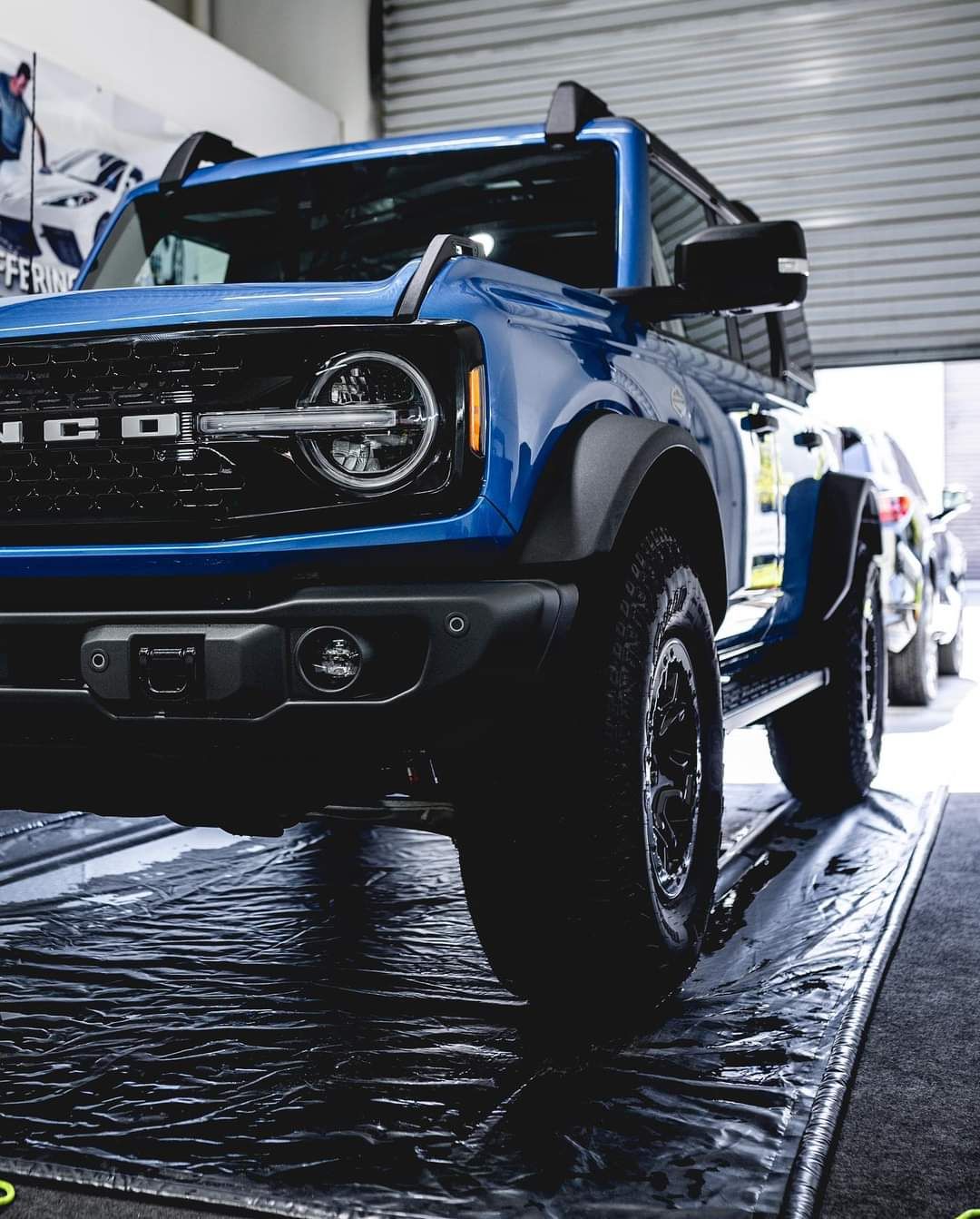
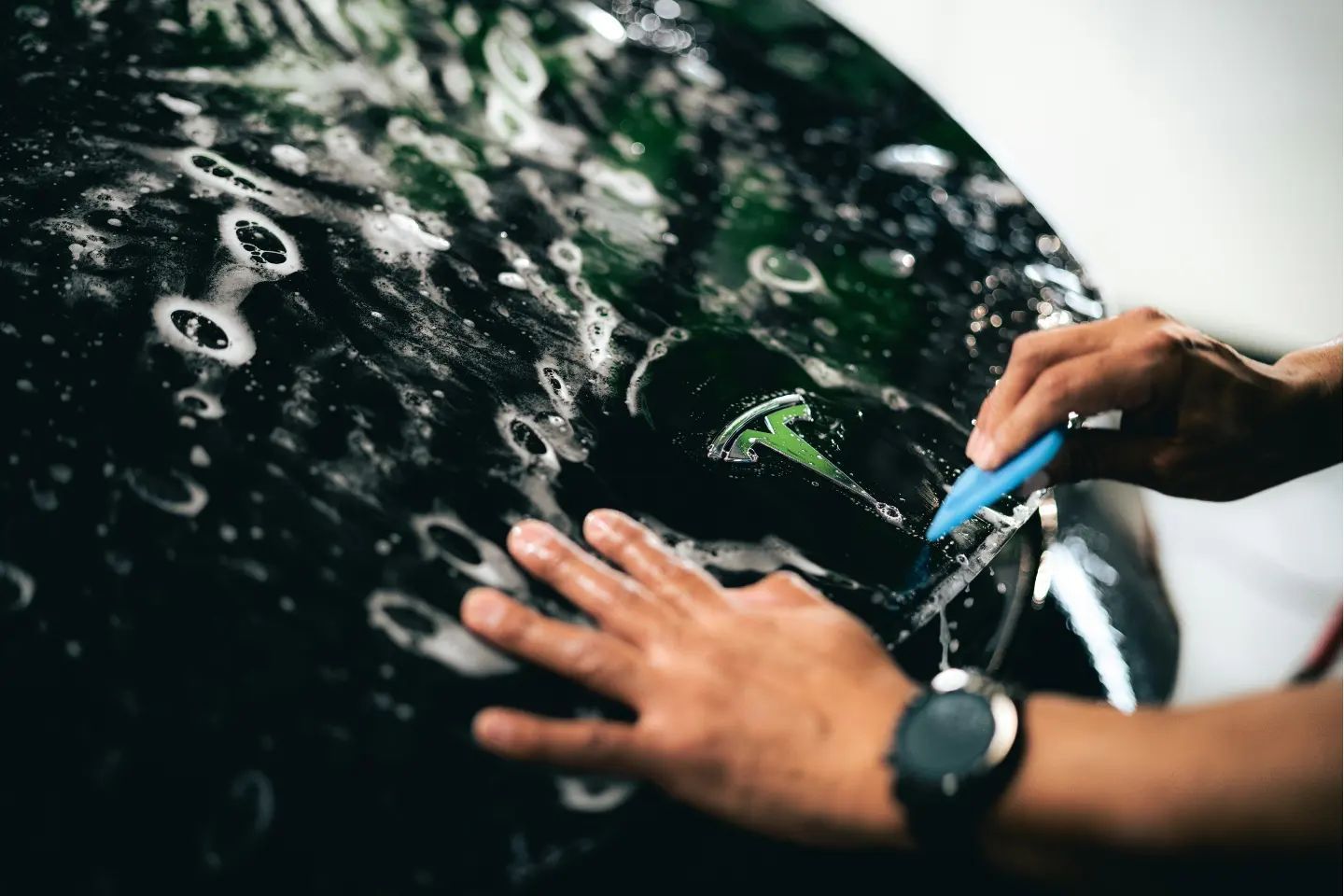
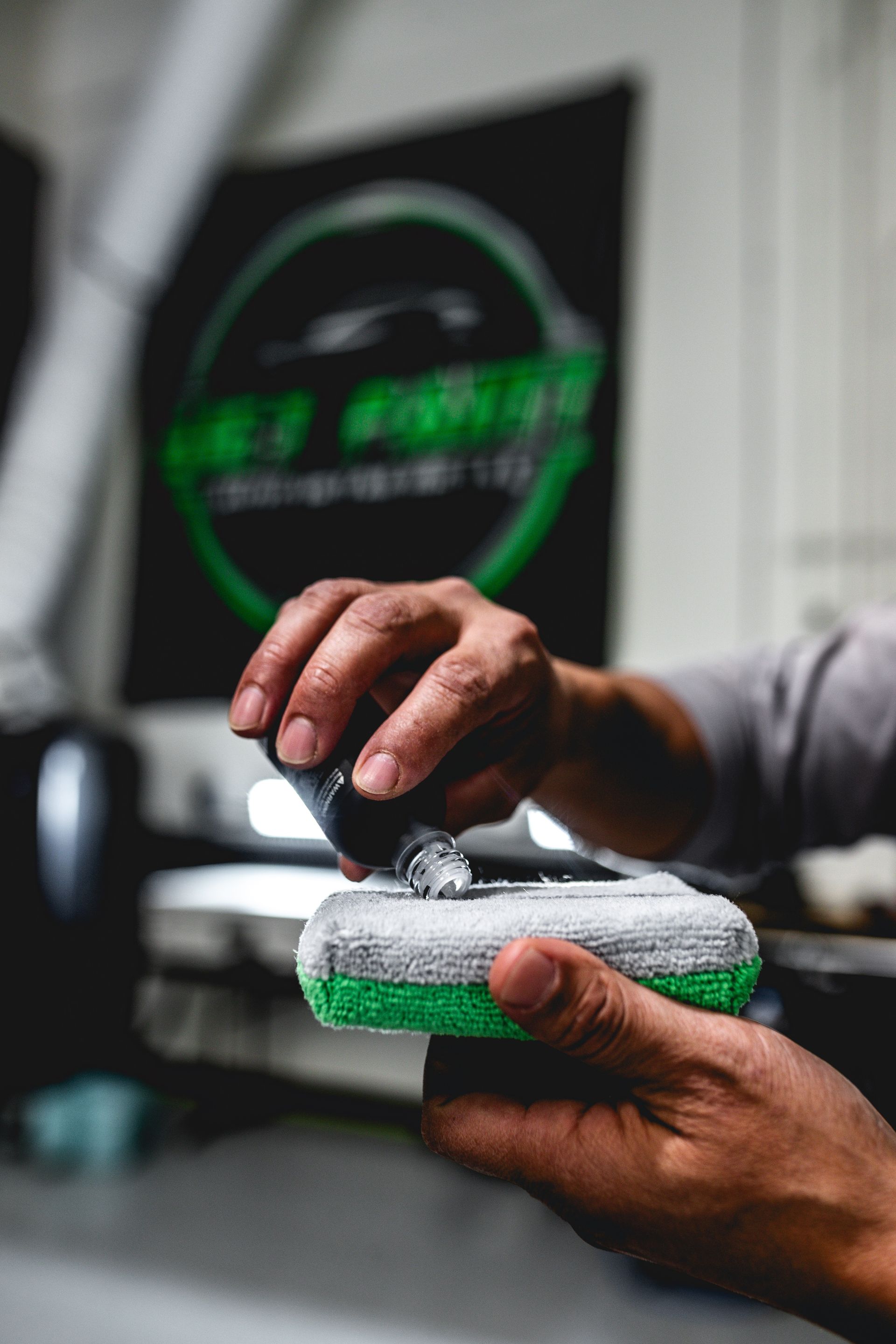
Wet Paint Auto Detailing, a family-run business based in Roseville, CA, has been serving customers with exceptional vehicle detailing services since 2012. Offering a range of high-quality services including ceramic coating, full detailing, and paint protection film. We use only the best products in the business and our extensive experience ensures expert-level results. With an after-hours drop-off service available, Wet Paint Auto Detailing offers flexible and accommodating customer service. Our commitment to excellence, attention to detail, and use of advanced techniques and premium products make us a trusted partner for all your vehicle detailing needs.
Quick Links
Our Location
7251 Galilee Rd #170, Roseville, CA 95678
Contact Us
Phone: (916) 918-2289
Service Areas for Paint Protection Film
Designed by the team at Detailers Roadmap, a platform developed for detailing operators across the globe.
All Rights Reserved | 8bitcreative, LLC | Wet Paint Auto Detailing
